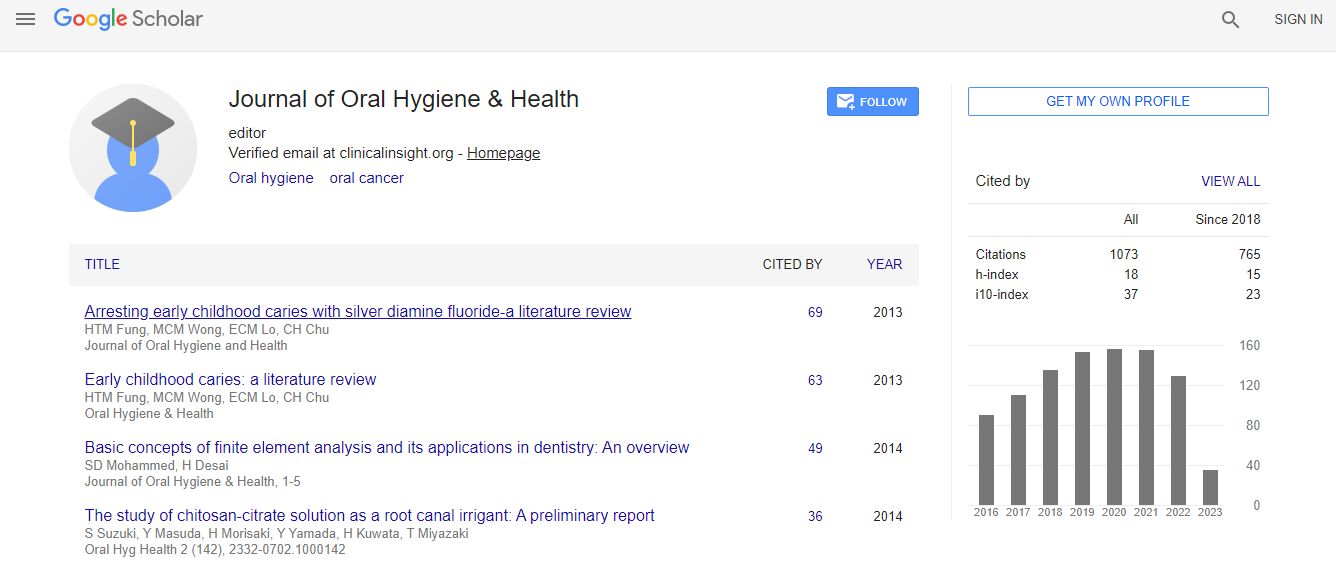Successful use of diode laser for excision of solitary oral neurofibroma
*Corresponding Author:
Copyright: © 2020 . This is an open-access article distributed under the terms of the Creative Commons Attribution License, which permits unrestricted use, distribution, and reproduction in any medium, provided the original author and source are credited.
Abstract
Neurofibroma is a benign peripheral nerve sheath tumour, which arises from Schwann cells and perineural fibroblasts. The tumor typically presents either as a localized lesion or as part of a generalized syndrome of neurofibromatosis known as neurofibromatosis type-1 (NF1) or von Recklinghausen disease. The cause of a solitary neurofibroma is unknown and its frequency in the oral cavity remains 6.5%. Neurofibromas are clinically characterized by slow growth, lack of pain, and a superficial location. The most frequent oral location is the tongue, although they may occur at any site, especially on the palate, cheek mucosa and floor of the mouth. These lesions may be excised using conventional surgery, electrosurgery or laser. We report a case of solitary neurofibroma of the upper anterior alveolar ridge, in the absence of syndromic neurofibromatosis, successfully excised with a 940 nm diode laser. The lesion was excised using a diode laser at 940 nm wavelength, average power 3.5 W, in a continuous wave mode. Bleeding was stopped using Laser haemostasis setting and no suturing was needed. The specimen was sent for histopathological examination. The procedure was easy to perform with excellent precision and minimum bleeding. It was well accepted by the patient who also reported mild post-operative pain. Healing occurred within 3 weeks and there were no complications or adverse effects. The patient was carefully followed up and no recurrence was noted over an interval of 12 months.

 Spanish
Spanish  Chinese
Chinese  Russian
Russian  German
German  French
French  Japanese
Japanese  Portuguese
Portuguese  Hindi
Hindi 
